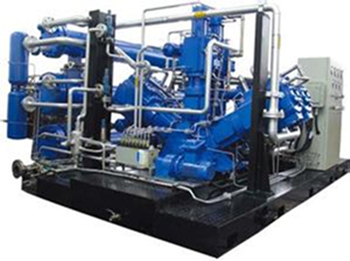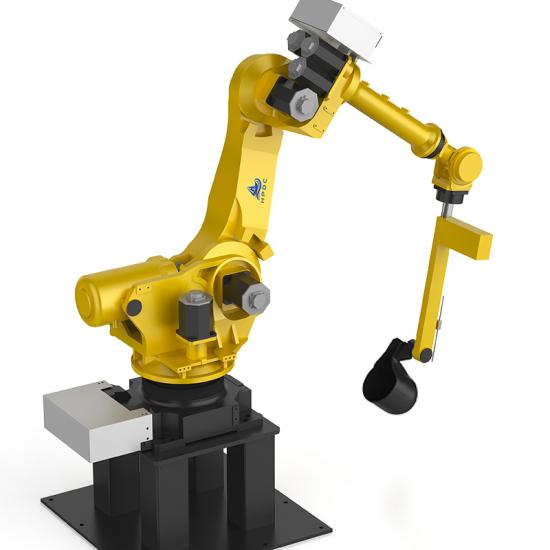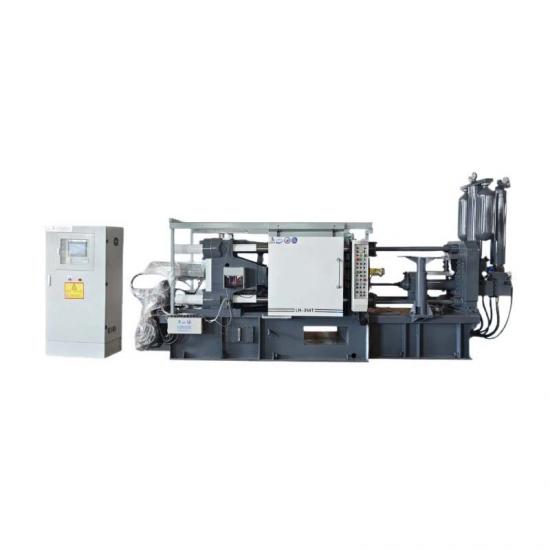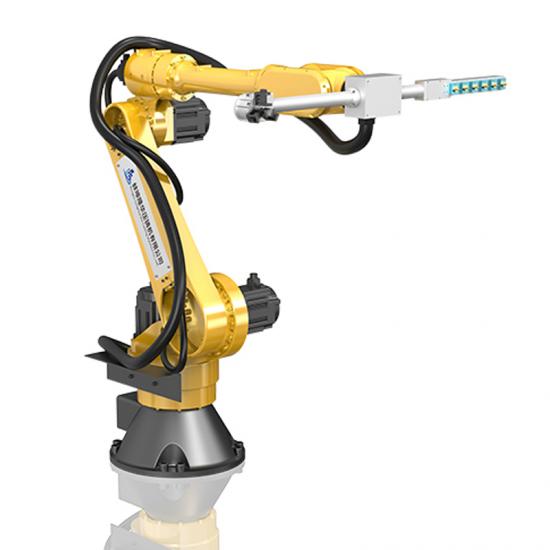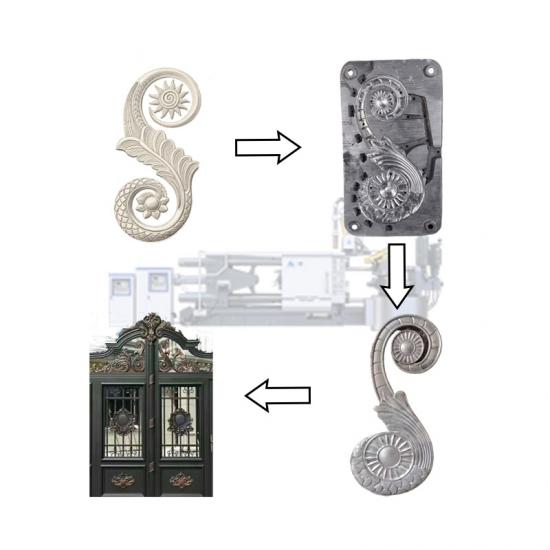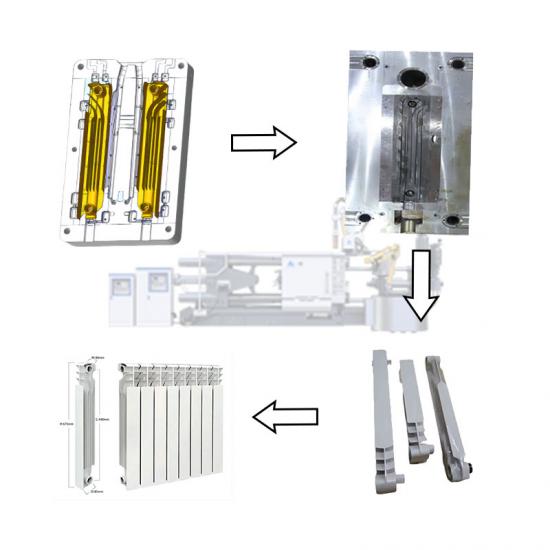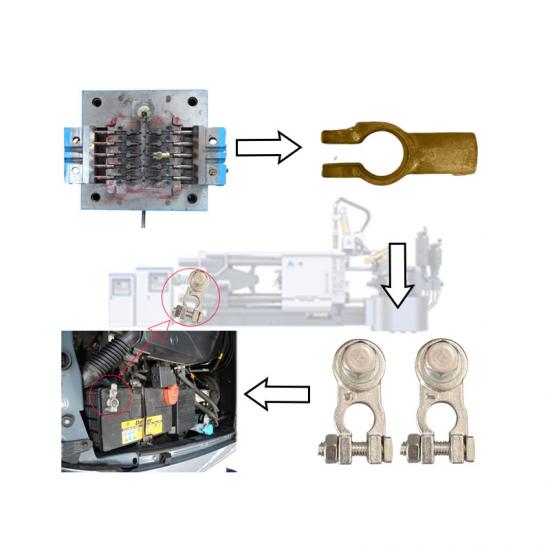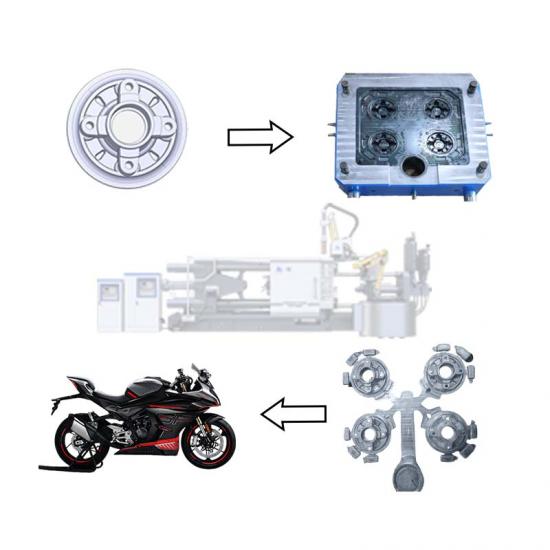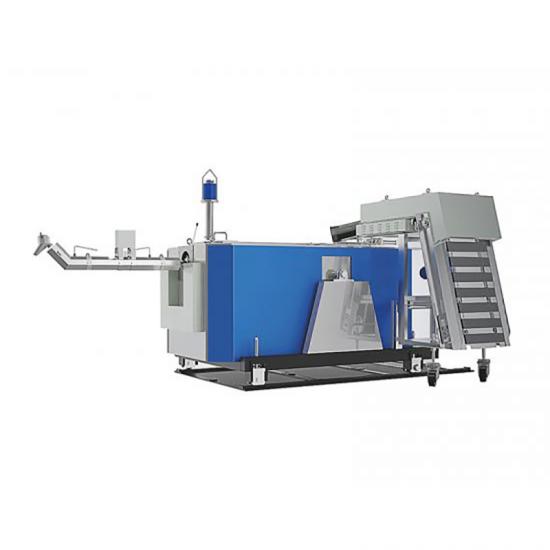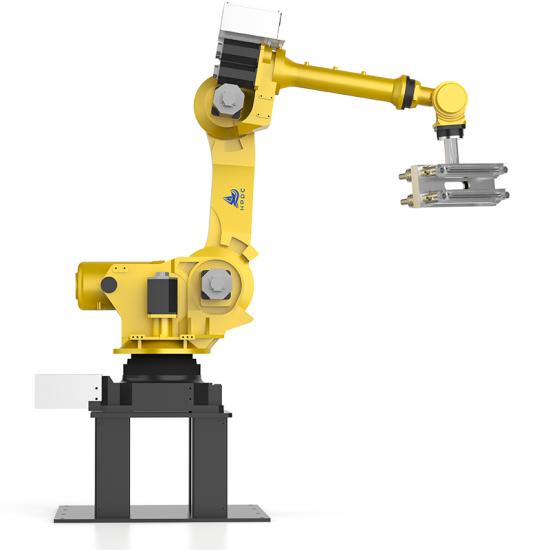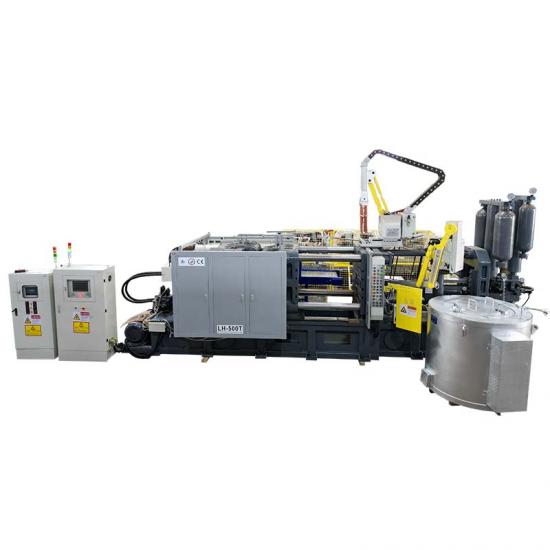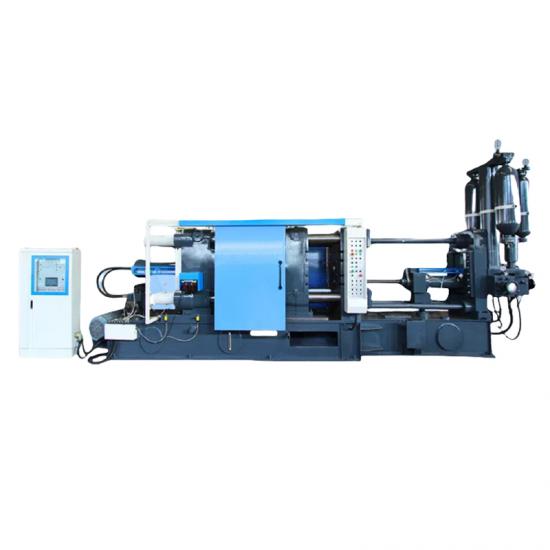Today, Longhua Technology will share with you the basic structure and working principle of natural gas compressors.
1.Basic structure
Natural gas compressors are reciprocating piston compressors, which are mainly composed of three parts: moving mechanism (crankshaft, bearing, connecting rod, crosshead, pulley or coupling, etc.), working mechanism (cylinder, piston, valve, etc.) and Body. There are also three auxiliary systems, namely the lubrication system, the cooling system and Regulation system.
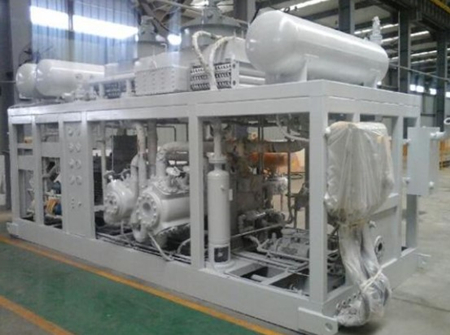
Movement mechanism: including crankshaft, connecting rod, crosshead, piston rod, etc. The motion mechanism is a crank-link mechanism that changes the rotational movement of the crankshaft into a reciprocating motion of the crosshead. Usually, the driving machine drives the crankshaft to rotate through a coupling or a flywheel (belt pulley). The crankshaft is connected to the large end of the connecting rod, and the small end of the connecting rod is connected to the crosshead. The crosshead is limited to the body slide and can only perform reciprocating motion.
Working mechanism: Including cylinder, piston, air valve, etc. The working mechanism is the main component to realize the working principle of the compressor. The cylinder is generally in the shape of a barrel, and there are several inlet and exhaust valves at both ends.
The body is used to support and install the entire movement mechanism and working mechanism, and it is also used as a lubricating oil tank. The crankshaft is supported on the body by a bearing. The slide on the body supports the crosshead. The cylinders are fixed on the two arms of the body. .
2. Working principle
The reciprocating compressor uses a crank and linkage mechanism to change the rotary motion of the driver into the reciprocating motion of the piston. The cylinder and the piston together form a working chamber to achieve gas compression. The piston reciprocates in the cylinder to allow the gas to complete the air intake in the cylinder. , Compression, exhaust, etc. The intake and exhaust valves are used to control the gas entering and exiting the cylinder, and the pressure of the gas is increased during the compression process, thereby achieving the purpose of pressurizing the gas.
